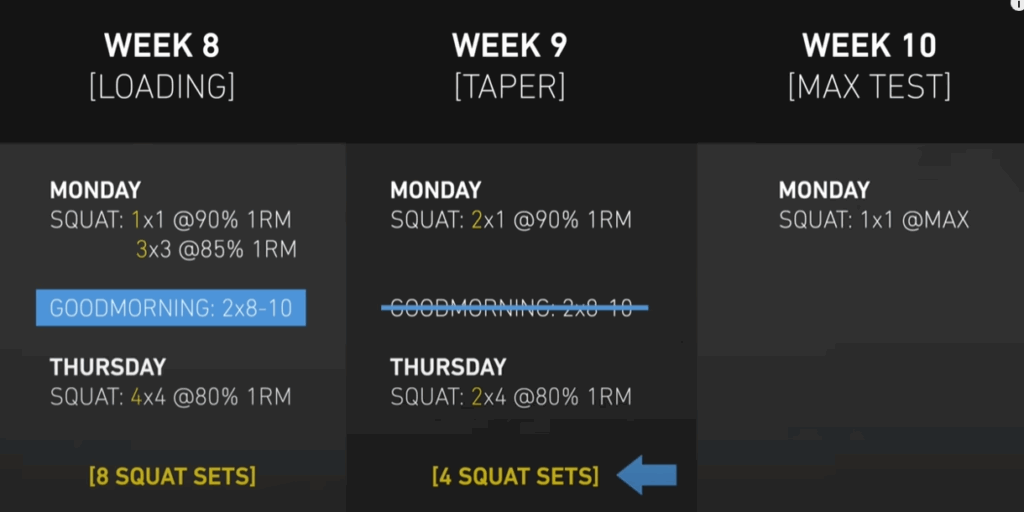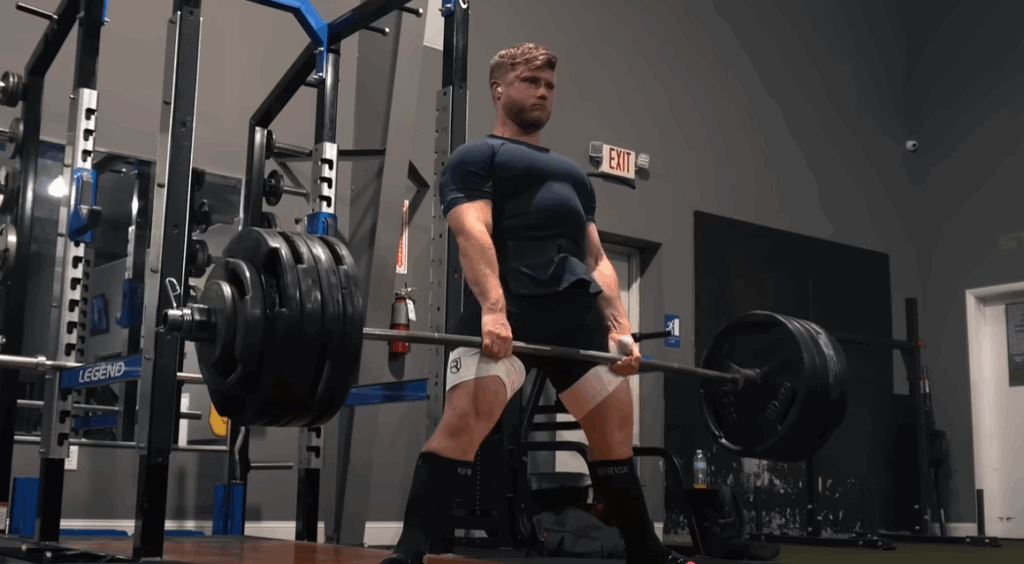The Power of Deload Weeks: How Strategic Recovery Can Boost Muscle Growth and Strength
In the world of strength training and muscle building, recovery is often overlooked. Many lifters believe that progress is made through relentless intensity — more sets, more weight, more grind. But growth doesn’t happen during the workout itself; it happens after, when your body repairs and adapts. This is where the concept of a “deload week” becomes essential.
A deload week is a planned phase of reduced training intensity and volume, typically lasting about a week. It gives your body and nervous system a break from the constant pressure of progressive overload. Rather than stopping all training, most people continue to work out, but with modified sessions aimed at promoting recovery, not fatigue.

Surprisingly, many lifters, especially those chasing hypertrophy or powerlifting goals, don’t take deloading seriously. There’s a cultural obsession in bodybuilding with pushing to the limit every single session, but that “no days off” mentality can backfire — leading to stalled progress, nagging injuries, or burnout.
Let’s dive into how deloads actually work, the different styles, when to use them, and why they could be the missing link in your long-term gains.
Why Deloads Matter: The Fitness-Fatigue Model
To understand the benefit of deloading, you need to understand the fitness-fatigue model. Every workout you do adds to two buckets: one for fitness adaptations (like strength and muscle mass) and another for accumulated fatigue (muscle soreness, central nervous system stress, joint wear and tear, etc.).
If you keep increasing both fitness and fatigue without taking a break, the fatigue can overshadow your progress. You might be stronger, but you won’t feel it because you’re too worn down. This is why your performance might dip even though you’re training hard — your body hasn’t had a chance to recover fully.
Deloading gives your system time to clear out fatigue, allowing your actual fitness gains to shine through.
The Three Types of Deloads
There’s no one-size-fits-all when it comes to deloading. Here are three common strategies that suit different training goals:
1. Full Rest Week
This old-school approach involves taking the entire week off from the gym. It’s fallen out of favor among many coaches, but it still has its uses — like during vacations or periods of mental burnout. While research shows it takes around two to three weeks of inactivity to lose strength or size, completely stopping can disrupt momentum. Most lifters find that returning after a full rest week makes the weights feel heavier, not lighter. For that reason, many prefer more active approaches.
2. Taper Week
This is particularly useful for powerlifters or strength athletes preparing for a heavy test or competition. In a taper, volume is significantly reduced while intensity (load on the bar) stays high. For example, if you normally perform eight sets of squats in a week, you might reduce that to four, keeping the weight challenging but minimizing accessory exercises. This primes your body to hit peak performance when it matters most.
3. Standard Deload
For bodybuilders or general lifters, this is often the best option. It involves scaling back both volume and intensity. A typical adjustment might be cutting sets by 30–50% and lowering the intensity slightly — say, training at an RPE of 6–7 instead of 9–10. If you usually do four sets per exercise, drop to two or three. If you usually train close to failure, stop a few reps short instead. This allows your body to recover without losing rhythm in your training.

When to Deload: Scheduled vs. Reactive
There are two main schools of thought on deload frequency:
- Proactive Deloading: You plan your deload weeks in advance, typically every 4 to 8 weeks depending on your training intensity and experience level. More advanced athletes, who push themselves harder, usually benefit from more frequent deloads.
- Reactive Deloading: You listen to your body and only deload when signs of fatigue, soreness, or motivation loss emerge. While this may sound intuitive, it has a downside: joint and soft tissue fatigue often builds up silently. You might feel fine — until something tweaks unexpectedly. That’s why many experienced coaches favor scheduled breaks.
Who Needs to Deload — And Who Doesn’t?
Not everyone needs to stress about deloading. For example:
- Beginners (first 6–12 months): Early on, your body is still adapting to basic training. Fatigue accumulation is minimal, and progress often comes quickly. For these lifters, just focusing on proper form and consistency is enough.
- Under-stimulated lifters: If you’re not pushing hard enough to build fatigue, you’re effectively deloading already — every week. Before worrying about recovery cycles, make sure you’re actually training with the necessary intensity and volume.
However, once you reach the intermediate level — usually after 1–2 years of serious training — deloads become essential. Your training gets more demanding, and fatigue accumulates faster. Regularly scheduled deloads can be the key to breaking through plateaus and keeping progress steady.

How to Approach Deload Week
Think of your deload week not as wasted time but as a chance to sharpen the tools. With lighter loads, you can focus more on perfecting your technique, improving your mind-muscle connection, and dialing in mobility. Some coaches even call them “technique weeks” for this reason.
Rather than coasting through your sessions, use the reduced volume and intensity to refine how you move and feel during each rep. Not only will this aid recovery, but it may also translate into better long-term strength and muscle development.
Final Thoughts: Train Smarter, Not Just Harder
Deloading isn’t a sign of weakness or a detour from progress — it’s a deliberate part of a well-structured training plan. Ignoring recovery can result in frustration, injuries, and stalled gains. When used properly, deloads help you train harder when it really counts by giving your body the chance to reset and bounce back stronger.
Whether you’re aiming to compete in powerlifting or just trying to add size in the gym, incorporating strategic deloads will likely improve both your results and your longevity.
So the next time your progress starts to stall, resist the urge to just push harder. Instead, take a step back, recover strategically, and return to the gym ready to crush your next training block.



